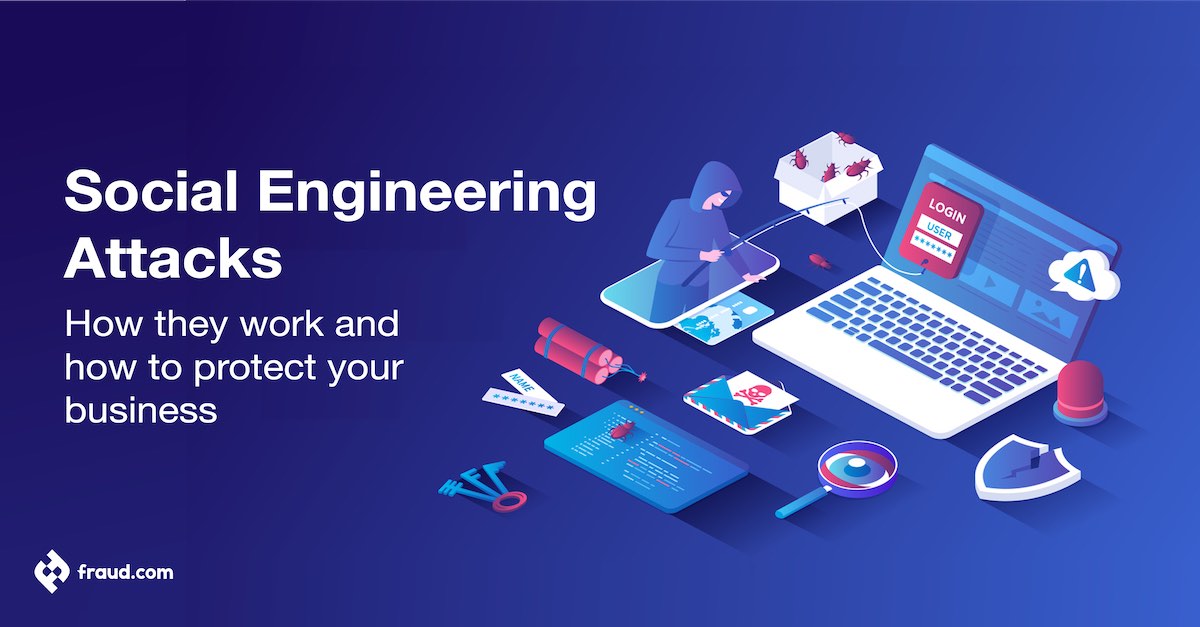Social Engineering: The Complete Guide to Threats, Tactics, and Prevention Strategies (2025)
Social Engineering: The Complete Guide to Threats, Tactics, and Prevention Strategies (2025)
Introduction
Social engineering is one of the most insidious cybersecurity threats, leveraging human psychology rather than technical exploits to breach security systems. This guide explores the tactics used by cybercriminals, real-world case studies, and prevention strategies to mitigate risks.
Chapter 1: Understanding Social Engineering
What is Social Engineering?
Social engineering involves manipulating human behavior to gain unauthorized access to sensitive information, systems, or physical locations. Unlike traditional hacking, which exploits software vulnerabilities, social engineering exploits human psychology.
The Psychology Behind It
Social engineering attacks rely on principles of influence, such as:
- Authority: Impersonating a trusted figure (e.g., IT support, law enforcement).
- Urgency: Creating a sense of panic to rush decision-making.
- Reciprocity: Exploiting the human tendency to return favors.
- Scarcity: Offering fake limited-time opportunities.
- Cognitive Biases: Exploiting confirmation bias, fear of loss, or overconfidence.
Chapter 2: History and Evolution
Early Examples
- Trojan Horse Myth: One of the earliest instances of deception for security breach.
- Frank Abagnale & Kevin Mitnick: Famous social engineers who manipulated trust to commit fraud.
Modern-Day Evolution
With digital transformation, social engineering has evolved into sophisticated cyberattacks, including:
- Phishing & Vishing (voice phishing via calls).
- AI-driven deepfake scams.
Chapter 3: Types of Social Engineering Attacks
Phishing
- Email Phishing: Mass emails to steal credentials.
- Spear Phishing: Targeted attacks on individuals.
- Whaling: High-profile attacks (executives, politicians).
- Smishing & Vishing: Text and voice phishing.
Pretexting
- Attackers fabricate scenarios to extract information (e.g., posing as HR to obtain employee records).
Baiting
- Using infected USBs, malicious links, or fake downloads to lure victims.
Quid Pro Quo
- Offering fake technical support in exchange for credentials.
Tailgating/Piggybacking
- Gaining physical access by impersonating an authorized individual.
Chapter 4: Real-World Case Studies
The 2016 DNC Email Hack
- Spear phishing was used to compromise political emails, impacting global geopolitics.
Twitter Bitcoin Scam (2020)
- Social engineering enabled attackers to hijack high-profile Twitter accounts and promote a cryptocurrency scam.
Target Data Breach (2013)
- Attackers exploited third-party vendors to steal millions of customer records.
Chapter 5: The Technical Side of Social Engineering
Tools and Techniques
- Malware Deployment: Keyloggers, ransomware.
- Spoofing: Email, caller ID, fake websites.
Password Cracking
- Social engineering often outperforms brute-force attacks due to weak passwords and human error.
Chapter 6: Detection and Red Flags
Behavioral Indicators
- Urgent requests for confidential information.
- Offers that seem too good to be true.
Technical Indicators
- Suspicious email addresses and links.
- Unexpected attachments.
Tools for Detection
- Email filters and AI-driven security systems.
- Security Information and Event Management (SIEM) tools.
Chapter 7: Prevention and Mitigation Strategies
Individual Protection
- Use Multi-Factor Authentication (MFA).
- Practice strong password hygiene.
- Stay skeptical of unsolicited requests.
Organizational Defense
- Conduct employee training programs.
- Implement penetration testing.
- Adopt a zero-trust security model.
Technological Solutions
- Endpoint security to prevent malware.
- Encryption & VPNs for secure communication.
Chapter 8: Legal and Ethical Implications
Global Laws and Penalties
- GDPR, CFAA, and cybersecurity regulations impose penalties on cybercrimes.
Ethical Social Engineering
- Ethical hackers and penetration testers use social engineering techniques to strengthen security defenses.
Chapter 9: Future Trends and Challenges
AI and Deepfakes
- Hyper-realistic deepfake attacks will become a significant threat.
IoT Vulnerabilities
- Smart devices are increasingly targeted for social engineering exploits.
Conclusion
Social engineering remains one of the most dangerous cybersecurity threats. By understanding its methods, real-world impact, and prevention techniques, individuals and organizations can better protect themselves. Cybersecurity education and proactive defense are essential in the fight against human hacking.
Stay vigilant. Stay informed. Stay secure.
#SocialEngineering #Cybersecurity #Phishing #OnlineScams #CybercrimePrevention #DataProtection #HackingTechniques #HumanHacking #CyberThreats #SecurityAwareness #EthicalHacking #SocialEngineeringAttacks #FraudPrevention #InfoSec #CyberSecurityTips #SecurityEducation #SpearPhishing #IdentityTheft #PasswordSecurity #CyberAttack #DeepfakeThreats #CyberAwareness #CyberDefense #CyberHygiene #SocialEngineeringTactics #StaySafeOnline

Comments
Post a Comment